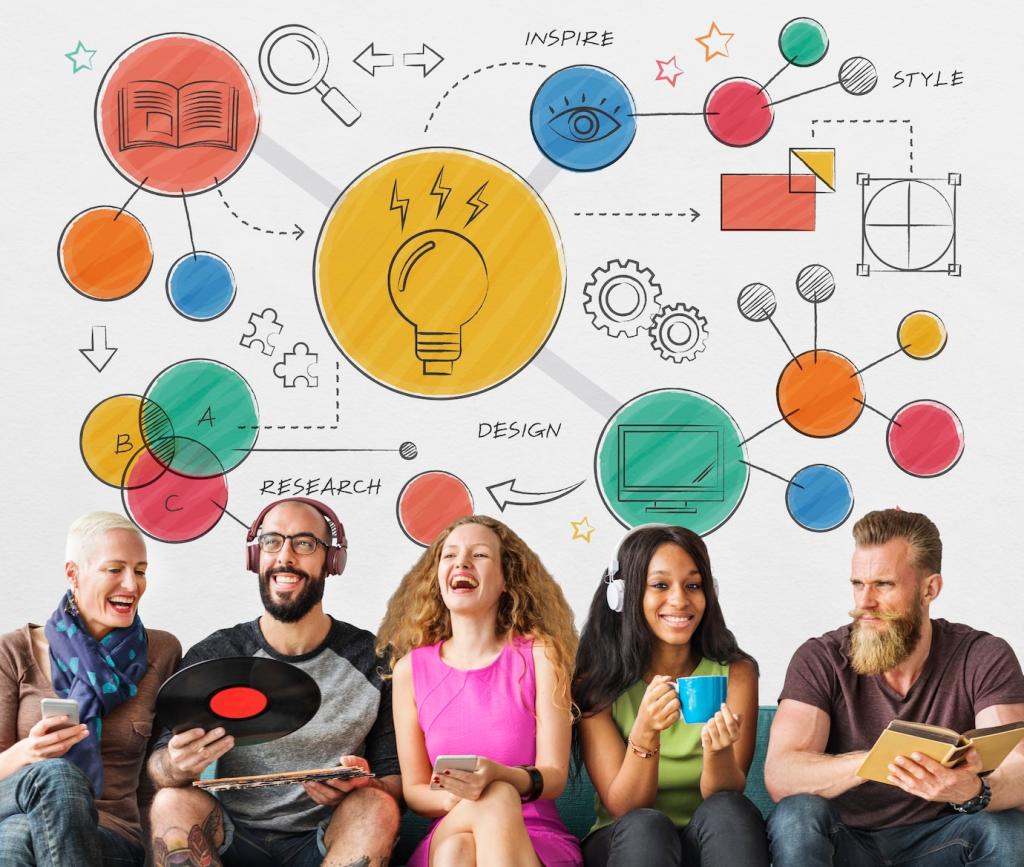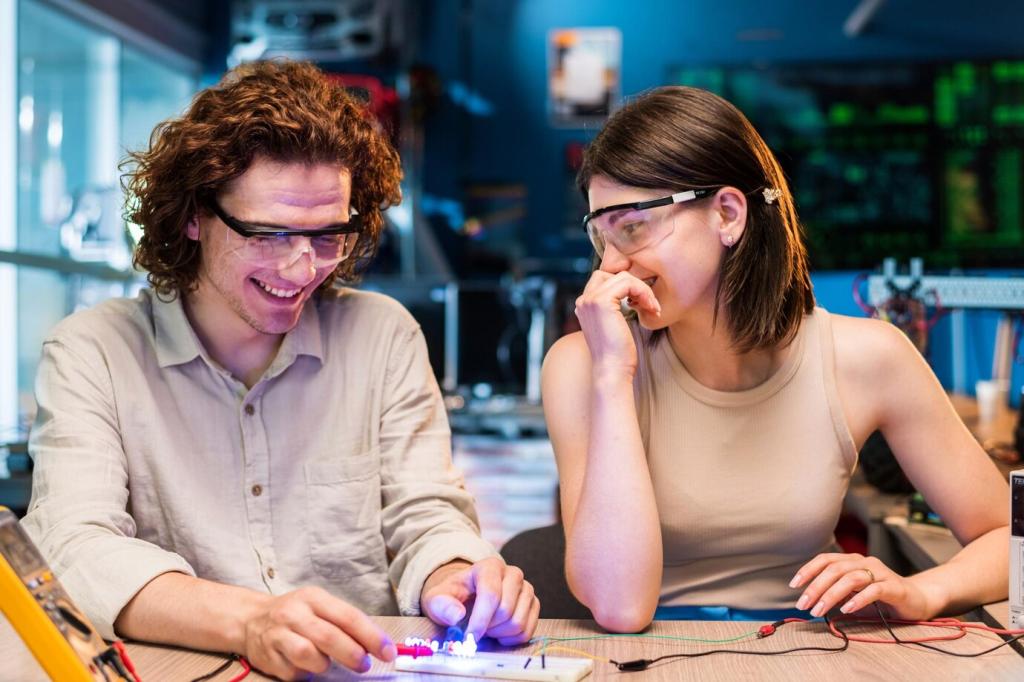Fostering Creativity and Innovation through Collaborative Learning
Creativity and innovation are essential skills for thriving in today’s rapidly changing world. Collaborative learning serves as a powerful catalyst for developing these abilities, empowering individuals to think broadly, share diverse perspectives, and generate original solutions. By creating dynamic environments where participants learn from each other, collaborative learning not only strengthens understanding but also unlocks the collective imagination of a group. This web page explores how collaboration drives creative thinking and innovative outcomes in educational and professional contexts, offering insight into strategies and benefits of harnessing the power of teamwork to inspire groundbreaking ideas.

The Power of Collaborative Learning
Interpersonal Exchange and Collective Insight
At the heart of collaborative learning lies a rich process of interpersonal exchange. Engaging with peers exposes learners to a range of viewpoints, experiences, and thinking patterns. This multifaceted exchange stimulates curiosity and challenges assumptions, pushing individuals to re-examine their own ideas. Through active listening and thoughtful conversation, participants develop deeper understanding and discover new possibilities, fueling the cognitive flexibility that is essential for creativity and innovation. Such dynamic interactions build a foundation of trust and openness, paving the way for students or colleagues to take intellectual risks and contribute unique solutions that might not emerge in isolation.
Active Participation Breeds Ownership
When individuals actively participate in collaborative activities, they take ownership of both the process and the outcomes. In contrast to solitary learning, working as a team necessitates negotiation, compromise, and shared responsibility. This engagement cultivates a sense of investment and intrinsic motivation, as everyone has a role to play and a stake in the group’s success. When learners feel their contributions are valued, they become more willing to voice unconventional ideas and pursue imaginative avenues, accelerating the group’s creative momentum. As ownership deepens, so do the opportunities for inventive outcomes and groundbreaking discoveries.
Diversity as a Source of Creativity
Diversity within collaborative learning environments is more than a demographic consideration; it is a vital ingredient for creativity. Teams composed of individuals from different backgrounds, disciplines, and experiences naturally bring a wider range of ideas to the table. By harnessing this diversity, collaborative learning fosters an environment where unexpected connections and novel solutions are not only possible but encouraged. The confluence of divergent perspectives helps to break down cognitive barriers, dismantle stereotypes, and redefine what is achievable, turning the group into an incubator for innovative thought.

Overcoming Barriers to Creative Collaboration
Group dynamics shape the collaborative experience for everyone involved. Hierarchies, dominant personalities, and social anxiety can all undermine participation and stifle creativity. Successful collaboration requires cultivating psychological safety, ensuring all members feel comfortable sharing ideas without fear of criticism or ridicule. Creating clear roles, setting ground rules, and encouraging open, respectful communication contribute to a supportive atmosphere where all voices can be heard. By recognizing and proactively managing group dynamics, facilitators help maintain the trust and cohesion necessary for imaginative thinking to thrive within the group.

